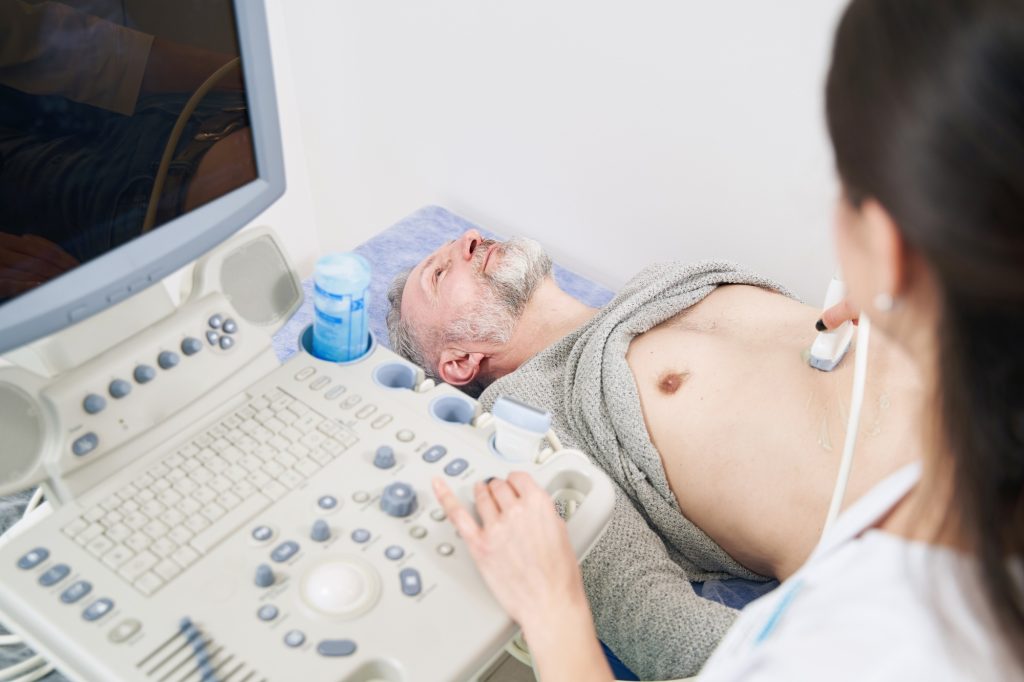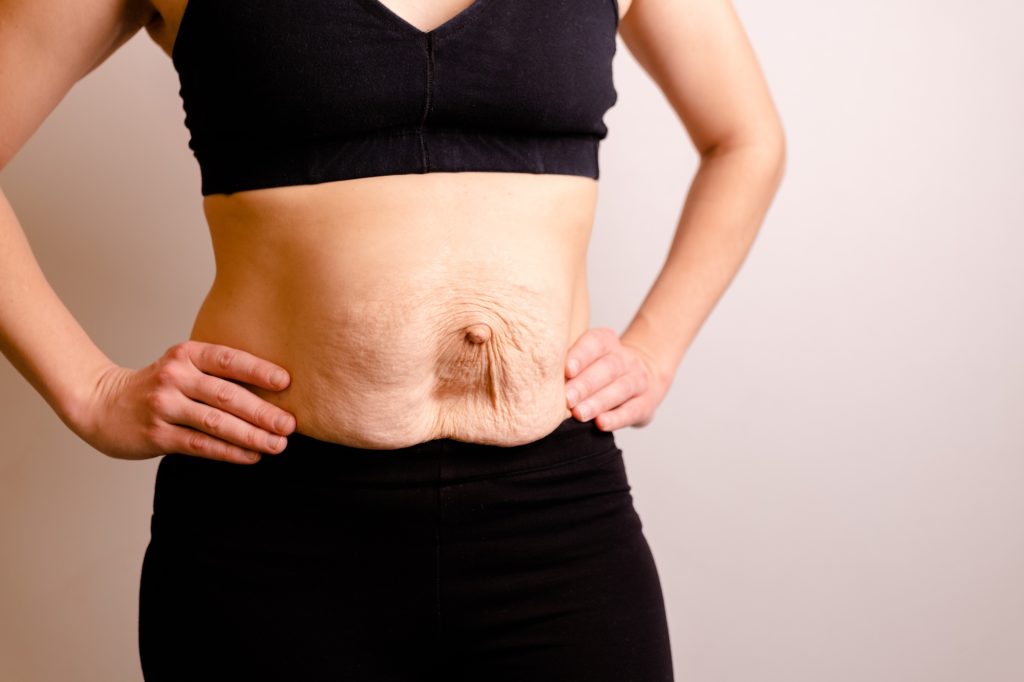Symptoms of Diastasis Recti
Symptoms may vary depending on the severity of the muscle separation:
- Bulging in the abdomen, especially when straining or getting up from a lying position.
- Lower back pain and core weakness, which affect posture and body balance.
- Digestive problems such as bloating, gas, and constipation due to lack of abdominal support.
- A sensation of instability in the midsection, making daily activities difficult and increasing the risk of injury.
- Urinary incontinence in some cases due to pelvic floor weakness associated with diastasis.
- Difficulty performing physical activities, as the abdomen does not provide the necessary support for certain movements.
If you experience any of these symptoms, it is advisable to see a specialist for a personalized evaluation.
Diagnosis of Diastasis Recti
At Centro Pad, we use advanced technology to accurately diagnose diastasis recti:
- Physical examination, where the specialist palpates the abdominal area to assess the muscle separation.
- Abdominal ultrasound, which allows measuring the distance between the rectus muscles and evaluating their functionality.
- Magnetic resonance imaging (MRI) or computed tomography (CT), in cases of severe diastasis or when additional complications like abdominal hernias are suspected.
A correct diagnosis allows us to plan the most suitable treatment according to the patient’s needs.

Advanced Treatments for Diastasis Recti in Moncloa-Aravaca
Laparoscopic Surgery for Diastasis Recti
An effective alternative is laparoscopic surgery, which allows correction of diastasis through small incisions and the use of high-precision cameras. Its advantages include:
- Less postoperative pain compared to open surgery.
- Faster recovery, with fewer days off work.
- Lower risk of infections and internal adhesions.
Other Complementary Techniques
The treatment of diastasis recti requires a multidisciplinary approach, relying on various professionals to ensure the best possible recovery and final surgical outcome. In this regard, physiotherapy plays a crucial role, as proper preoperative preparation and supervised recovery with an appropriate exercise program positively impact the definitive result and resolution of both functional and aesthetic problems.
When Is Surgery Necessary for Diastasis Recti?
Not all diastasis cases require surgery, but it is recommended in the following situations:
- When the muscle separation is greater than 3 cm and does not improve with specific exercises.
- If there is persistent pain or functional problems, such as difficulty lifting objects, maintaining posture, or performing daily activities.
- When diastasis affects quality of life, causing aesthetic insecurity or physical limitations.
- If there are associated complications, such as abdominal hernias or severe core weakness.
At Centro Pad, we conduct a thorough evaluation to determine the best treatment for each patient.



